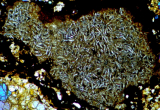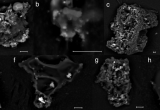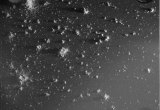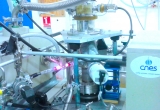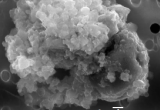Astrochemistry and Origins
The " Astrochemistry and Origins " team combines laboratory analyses and simulations with interpretation, modeling and observations for the study of solid extraterrestrial matter from small bodies in the Solar System and for the study of the surfaces of icy bodies (trans-Neptunian objects).




